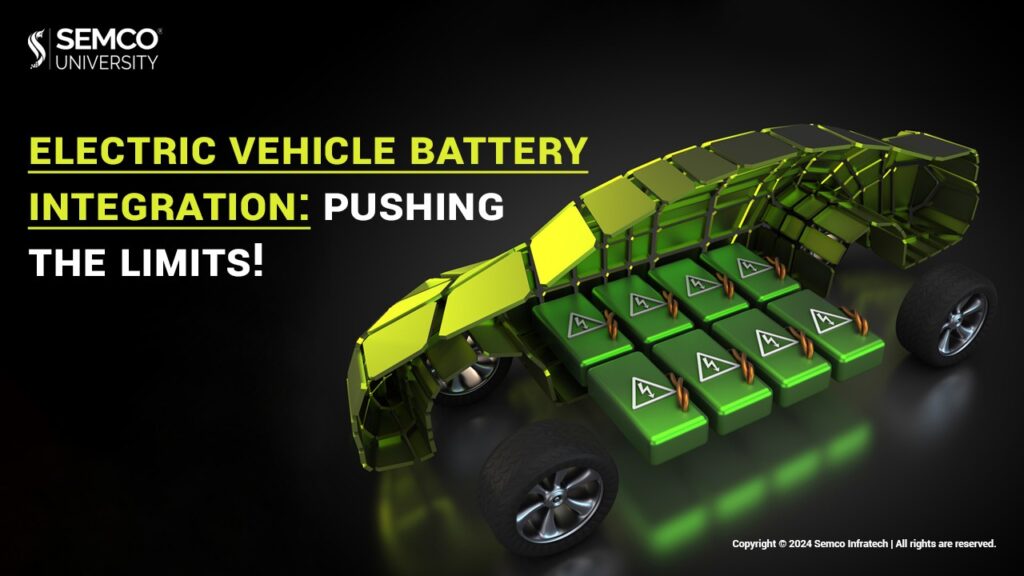Electric vehicles (EVs) rely on battery packs for power, which are made up of thousands of individual cells. Optimizing how these cells are assembled— known as battery pack integration technology—is crucial for maximizing an EV’s performance and range. Here’s a breakdown of the latest advancements:
Traditional Method: Cell-to-Module (CTM)
CTM, the traditional approach, involves grouping cells into modules before assembling them into a battery pack. This method offers standardization and economies of scale, but limits space utilization.
Next-Gen Integration: Cell to Pack (CTP), Cell to Body (CTB), and Cell to Chassis (CTC)
These newer technologies bypass modules, integrating cells directly into the battery pack (CTP) or even the vehicle itself (CTB & CTC). This improves space efficiency and potentially boosts range.
● CTP (Cell to Pack): CTP eliminates modules and integrates cells directly into the pack. BYD’s “blade battery” is a prime example, where cells are arranged like blades within the pack.
● CTB (Cell to Body): CTB integrates the battery pack upper cover with the car’s body floor, creating a unified structure. This not only improves space utilization but also strengthens the car’s body.
● CTC (Cell to Chassis): This emerging technology directly integrates cells into the car’s chassis. CTC goes beyond CTP, significantly impacting vehicle design and manufacturing as the chassis becomes a core part of the battery system.
The Future of Battery Integration
CTC technology is still evolving, with the potential to integrate various EV components like motors and electronic controls directly into the chassis. This “skateboard chassis” approach could revolutionize EV design and production, leading to:
● Increased Efficiency: Optimized power distribution and reduced energy consumption.
● Enhanced Performance: Improved range and overall vehicle performance.
● Faster Production: Streamlined manufacturing processes and shorter development cycles.
● Reduced Costs: Lower production costs translating to potentially more affordable EVs.
Shifting Dynamics in the EV Industrytranslate
The rise of CTC challenges traditional industry dynamics. Battery companies are looking to expand their role beyond just cell production, potentially encroaching on car manufacturers’ territory (chassis design). This could lead to:
● Reshaped Supply Chains: New collaborations and partnerships between carmakers and battery companies.
● Evolving Business Models: Rethinking how value is created and shared within the EV industry.
As battery integration technology continues to advance, we can expect even more exciting developments in the world of electric vehicles.

